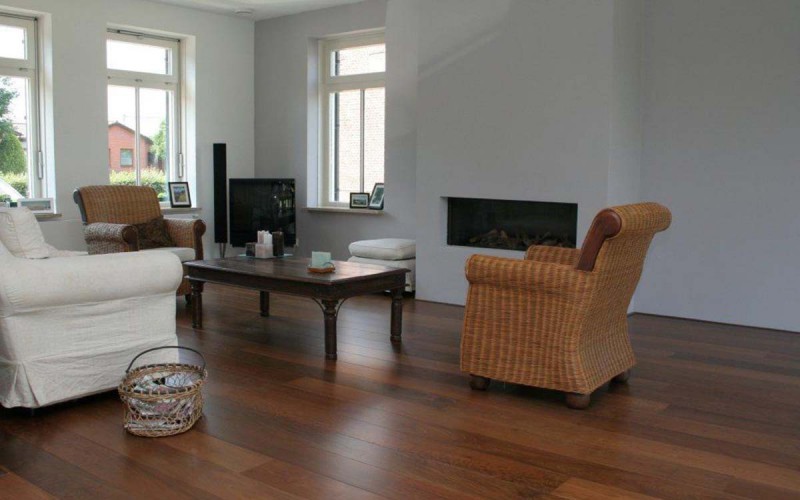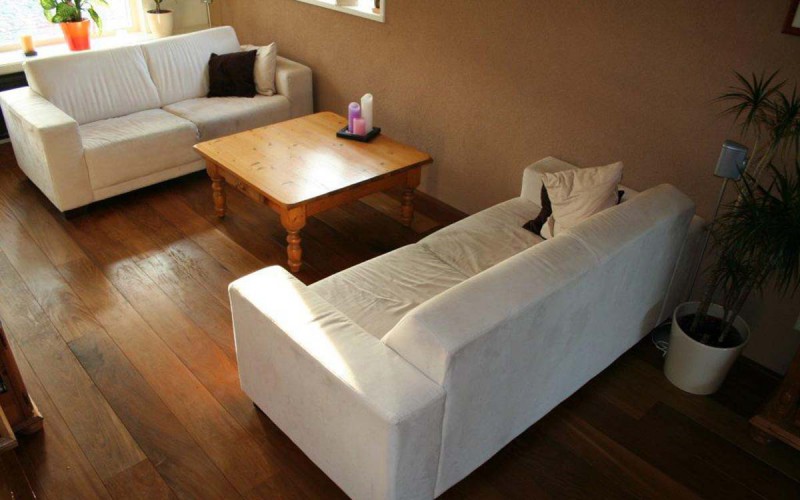









Lapacho / IPE
 Scientific Name:
Scientific Name:
Tabebuia serratifolia
Other Names and Species:
Brazilian Walnut
Cortez
Greenheart
Green Ironwood
Hakai
Ipe
Ironwood
Polvillo
Tabebuia
Tajibo
Tahua
Origin:
Central and South America.
Lapacho or Ipe is a wood of extremes: extremely dense and durable, as well as extremely difficult to work. Its incredible hardness and strength make it well suited for flooring applications, though it is referred to as “Brazilian Walnut” among flooring dealers—though it is not related to true Walnut in the Juglans genus.
The heartwood of Lapacho ranges from olive brown to near black, though it can have lighter or darker markings that are sharply separated from the yellower sapwood. Lapacho is an oily appearance low-lustre wood, fine-to-medium textured, and straight to very irregularly grained.
Lapacho, or IPE as it is also commonly referred to as, is an unbelievably durable and hard wood species. This species is very resistant to decay and termite and dry insect attack. Just like concrete and steel, it even has a Class 1 UBC (uniform building code) fire rating. Rated as very durable with excellent insect resistance, though some species are susceptible to marine borers. Superb weathering characteristics. (Ipe was used for the boardwalk along the beach of New York City’s Coney Island, and was said to have lasted 25 years before it needed to be replaced: an amazing lifespan given the amount of traffic and environmental stresses put upon the wood.)
Along with its extreme hardness, strength, weight, density, and durability, Lapacho is also one of the most stable woods available. However, it is important to "over-dry" the wood in a kiln to avoid excessive shrinkage when installing.
Lapach’s hardness is 3684. It is one of the most remarkably hard and durable woods. It dwarfs red oak's 1290 rating, is over one hundred and seventy per cent harder than white oak, over one hundred and fifty per cent harder than hard maple, about two thirds harder than cabreuva, and is just under fifty seven percent harder than Brazilian cherry's ranking of 2350.
Lapacho can be difficult to manipulate with tools due to its extreme hardness. Sharpening of tools is a necessity! Pre-boring is suggested before nailing. Yet the wood holds nails well once applied. Glue holds well with chestnut flooring. This species sands fairly well but does mar somewhat easily under heavy traffic.
Some of Lapacho's uses include flooring, dock work, harbor construction, railroad ties, and moulding. This species is a particularly excellent choice for industrial-application flooring as a result of its hardness, durability, and shock resistant properties.

